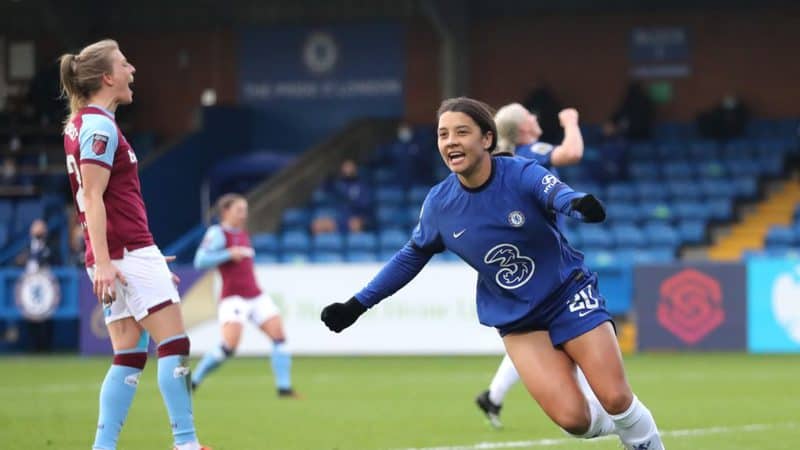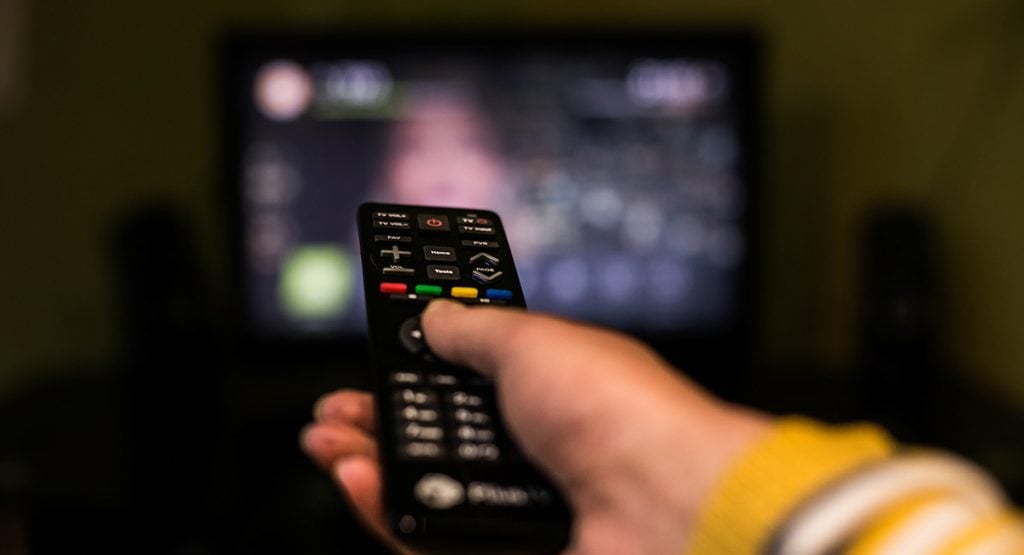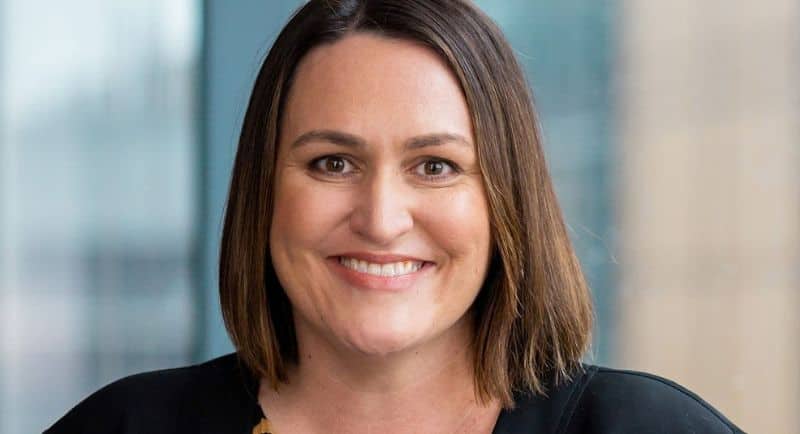By Natalie Harvey, National Sales Director, Seven West Media
This is an edited version of a presentation at the Future of TV Advertising conference on 4 April 2023
Over the past year, television audiences have continued to fragment. This isn’t necessarily a problem; in fact, it’s a real opportunity. But strategic adjustments in how we respond to these changes have been too slow, or they have been quick fixes that do not have a long-term impact.
A lot of people will blame the slow pace of change on the delay in the new VOZ audience measurement system. But the delay in VOZ is not the reason TV is being bought the same way it was 20 years ago.
Over the past 20 years, KPI metrics have not evolved: the majority of the “television bookings” are based on CPMs with dayparts, bought against the same old demos, sold old restrictions around minimum TARPs and the same peak/ off peak splits. All that’s changed is people are hunting avails for AFL and 7NEWS instead of Desperate Housewives and Friends.
Put simply, the majority of screen strategies are still platform-led versus audience-led. This reduces the effectiveness of a client’s investment significantly.
Having said that, there are some leaders charging forward in a converged world, creating the future of how brands will leverage premium screens in Australia.
The Industrial Revolution took 50 years. Our industrial revolution will take a lot less time than that – three years tops – and we are already partway through the first phase.
There has already been significant change in the television world, particularly with local media companies rolling out new technology, new platforms for viewers and evolving commissioning strategies. It’s bloody exciting!
As we change our own behaviours as viewers, brand owners, media strategists, planners and buyers, and – of course – sellers, we simply cannot ignore the benefits and huge strength that television has built over a long period of time. Those strengths still remain, albeit in a new context. They include high-velocity reach and a tight connection to culture, particularly around news and sport. Just think about the impact of having the FIFA Women’s World Cup Australia & New Zealand 2023 on our soil and how many young girls will be watching and be inspired to become the next Sam Kerr.

Sam Kerr
No other platform can rival television’s the ability to build brands while delivering strong short-term outcomes.
Despite the evolution of consumers’ media consumption habits, no platform has been able to replicate television’s effectiveness in delivering results for brands. Quite frankly, without television every other media platform couldn’t produce the same results it does today.
Recently released research from ThinkTV, undertaken by Kantar which analysed 179 media campaigns, looked how much a media channel relies on other channels to generate an impact.
Not surprisingly, total TV (linear and BVOD) is the workhorse, generating the greatest brand impact both solus and in tandem with other media. Total TV does a huge amount on its own, but it also sets up other media to perform. In other words, other platforms are weaker without television.
Of course, how Australians watch television content has changed: live, time-shifted, on a BVOD platform, via a TV screen, a mobile, a tablet, a connected TV. People are also spoiled for choice in terms of content. The resultant fragmentation of audiences is making it harder for brands to connect, to gain attention, to build on brand metrics and to drive conversion.
Getting the attention of consumers is not easy and there is plenty of evidence that “scrolling” media that claim to reach big audiences do not capture big attention.
A recent study from ThinkPremiumDigital showed that to get one minute of attention from a viewer they need to be watching for 12 minutes on premium video, compared to 31 minutes on YouTube and a massive five hours on social media! That is an enormous difference so I hope you are getting a 95% better price on your social activity than you are on BVOD!
As we build the new television highway while driving on it, what we all need to test and learn. As a TV business, we also need to understand the needs and concerns of clients and agencies.
Recently we launched our “State of Screens” data collection which included responses from over 300 media planners, strategists and buyers. There are some great insights from that work.
Planners are looking to SVOD to find light free-to-air TV viewers. But while the SVOD market has grown considerably, we have seen that introducing ad tiers to an SVOD platform is not the game changer people thought it would be. Adoption by viewers of the ad-tiers has been low.
In addition, individual SVOD services lack high reach capacity which limits the opportunities for brands. SVOD might be a nice compliment for free-to-air linear and BVOD, but it is certainly not a replacement.

Nearly every respondent called out the need for one measurement system. No one wants a world with multiple sources of measurement and mish-mashed data. There has been a bit of chat around the market about agencies or tech providers creating their own measurement systems. Let me tell you, if we start from working off different numbers, chaos will ensue.
Yes, the launch of VOZ has been slow but it is so close now. Some people are arguing for progress over perfection but that would be disrespectful to the billions of dollars clients invest every year across total TV platforms.
There are plenty of headlines about the television market and the decline in viewing. I’m not ignoring the numbers, but let’s keep the focus on how to deliver the best results for brands. The truth is that television still reaches huge numbers of Australians every single day. A recent ACMA study highlighted that 56% of the population had watched linear TV in the previous seven days, 38% had watched a BVOD service and 59% had watched an SVOD service.
Time spent viewing is still higher on free-to-air linear TV and when you add BVOD, it’s 54% higher than SVOD viewing, once again proving television’s ability to still deliver high velocity reach compared to other platforms.
These results are even stronger for regional television and BVOD. Regional TV should be the first on the media plan, and the last off. You can’t reach this many viewers in high attention environments any other way and advertisers are missing an opportunity here. An easy way to stand out from their competitors in premium content, reaching millions of Australians.
Without a doubt, television is going through the biggest period of disruption we have ever seen. However, one of the big benefits of disruption is that it destabilises inertia. As an industry, it is time to “destabilise” our thinking, to remove bias and to create new ways to connect with audiences.
The opportunities for brands are enormous. There is a huge opportunity for brands to stand out from their competitors and leverage the power of linear to deliver mass reach and to leverage BVOD to reach hard-to-find audiences who are often co-viewing.
The revolution is here, so get on board and let’s make some magic.
